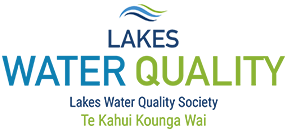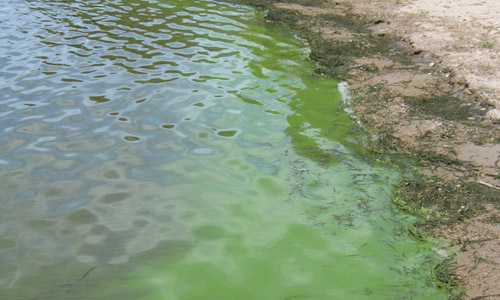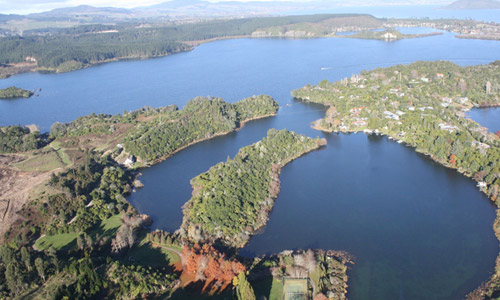
Date: 17 May, 2021
Required Action
- Complete with urgency the community-agreed sewerage reticulation; to eliminate preventable nutrient and E. coli inputs.
- Eliminate wallabies and deer from catchment, to reduce erosion and phosphorus input.
- Develop and implement new Lake Restoration Plan.
- Sustained programme of invasive pest-lakeweed removal.
- Implement boat self-certification process to assure freedom from catfish.
Background
Lake Tarawera is large, deep and mostly surrounded by undeveloped land, so should have pristine water quality, but does not. Current TLI of 3.1 is significantly below its target value of 2.6 (1994 water quality). Occasional summer algal blooms have become a reality in the Wairua Arm. Water quality in this lake is exacerbated by its receipt of underground flows from the six surrounding lakes, most of which have substantially higher TLI – 3.3 to 4.8. High phosphorous levels in the lake water are of concern. 12.5 tonnes of phosphorus are estimated to enter the lake annually and readily interact with nitrogen to provide the potential for cyanobacteria formation. An important and the most-readily reversible contributor to this phosphorus input is the soil erosion caused by foraging pest animals - specifically wallabies, that have reached plague proportions, Underground geothermal flows also add phosphorous.
Chronology
1994 - Lake has “good water quality” typical of an oligotrophic lake, TLI = 2.6.
2006 - “Lake Tarawera” working party, comprising community, rural landowners, iwi and others assembles to develop a “Catchment Management Action Plan” with the support of Environment BOP and the Rotorua District Council. Resulted in substantial on-farm control interventions.
2011 - RDC completes Lake Okareka sewerage reticulation; intent is that Lake Tarawera would follow immediately.
2012 - First community discussions concerning sewerage reticulation.
2015 - Recommendation #1 of the Tarawera Restoration Plan is sewerage reticulation. - Te Arawa Lakes Trust assumes role as Chair of Rotorua Te Arawa Lakes Strategy Group, which has responsibility for Lake Tarawera restoration.
2016 - Lake Tarawera Sewerage Committee begins meeting, with $50 000 RDC support.
2017 - MFE grants $6.5 million to the Tarawera Sewerage Scheme.
2018 - Tarawera Sewerage Steering Committee (and Tarawera residents) strongly supports individual, onsite LPGP system, with cultural approval (2017 & 2019 CIAs).
2020 - BOPRC considers Tarawera Restoration Plan complete - but this requires implementation of Tarawera Sewerage Scheme, TSS, and reporting of nutrient budget for completion. In November, RLC approves TSS for completion by June, with intent that house owners pay $33000+ on connection.




